|
1. Ginny (Rose Stewart - See past posts on our work together) was on my mind all day as I worked a couple weddings Saturday with Ferncroft. I try very much to lay in the background during production until things get intense near deadlines. I see myself as just there to help and offer support doing little things that fall off the back because they aren't top priority - I sweep the floors, take some process images, and do my best to open up my full range of horticultural humor.
Never a moment for "just play" of course, my camera work was approached as a methodological exercise. Ginny spent a lot of time with us this week, I bet I talked to her everyday, and surely this led me to be thinking about "bodies," something I always steer away from as my concern is generally with artifacts and plant material. CONCLUSIONS: (A) I'm not sure how Ginny - or anyone - does live shoots of people working. Everything is a blur from the movement. Obviously there is an answer, but it is one that must become "disciplined" or unconscious so the tool (camera) can be operated with the same smoothness of the bodies its gaze is fixed on. My operation is too cumbersome; I do not yet have the dexterity to be in step with "Ferncroft." Here we may speculate about a rhythm, tempo, or meter that a skilled person operates at in their craft - and a photographer must be able to match this intensity if she wishes to catch the image. (B) My suggestion that I have focused on "artifacts" as opposed to "bodies" or "persons" maintained a methodical seperation right through the editing process. Only after selecting my images to share here and uploading them into a "file" so to speak, did I see the idea they are not seperate things and that I think we lose a lot in the - what I'll call - the "critical floral world" when cameras are focused on the curation of individual works and not on the work, worker, and works together. They themselves are a collaboration. 2. I never saw faces and bodies as much as I did through the camera yesterday. For whatever reason, without the aid of this tool, I always look off into the distance. In this, we may think of "aperture, affect, and attention" as things to think about together. 3. Note on "Branding:" When artists and "makers" are in production - they don't smile. 4. Spending the day with Ferncroft, conversation often steered to the anxiety we all have of "not making it" (my words). This is "the voice" I speak of in the title. I think this anxiety is a constant in those whose lives are composed around their craft. In "Branding," this real complication of course is hidden and cast behind the curtain of production. "Artists" or "makers" - in something that should be voiced more, or articulated - aren't merely "making things that look nice;" to arrive at different finished works they must take on different modes of production which are seen as non-conventional and therefore are accompanied with high levels of risk. Risks makers carry on their shoulders, emotionally, with identities on the line - burdens bared in the name of "I think the world should be this way and I'm going to try and make it so." Next time I see Ginny, I'm going to talk to her about this. Part One.
What is a weed? This question is thrown about every so often, almost jokingly, to make a point that gardens can be whatever we want them to be. More practically, this question comes to me in the field - "Matt, is this a weed? Do I pull this?"
Interestingly, I would suggest, in the profession, one learns the identification of weeds before ornamental plants. It is a matter of repetition. For the most part, we probably come accross 30 plant species that we manage as weeds every day. This is opposed to the hundereds of named species and cultivars of "commodity" or ornamental plants we will use in a year. In this sense, what we are talking about are two overlaying and competing maps of how to know and conceptualize the landscape or garden. On the one hand, we have the garden or landscape as an ecosystem, which, because of our geographic region and cultural practices, tends to harbor the spontaneous growth of certain plant life. This emergence and spontaneity from the soil has no name - the plants are only identifiable by their tactile characteristics - for example, everyone's first learned weed is either the pretty yellow flower in the lawn that many call "Dandilions" or for the weed pullers, the broadleaf thorny weed named "Thistle." These plants or weeds are learned as antonyms to the named "commodity plants." In elementary garden life, weeds are pulled not because of what they are but because of what they aren't - named. Those who work with me will most likely know what "weeds" need to be pulled within their first few months working. But learning the plants of the trade - the commodity plants - this is never ending. There is always "the unknown," "the mysterious," and "the exotic," in the commodity world - weeds can only be familiar (to those who work in tactility) because they emerge from the land itself. Part Two.
When proposing a landscape design, its designer often explains the intent of the design by explaining its "function" and secondly by showing the plant layout and listing the species.
Images accompany the presentation and the ritual allows the client to approve of the objects that will fill in the landscape. I have moved away from this format of presentation as it exponentiates the labor demanded in maintenance. I instead use only a list of botanical names to obscure the client’s knowledge of the objects. I avoid pictures at all costs and only bring them out when they are demanded. In their stead, I discuss the form, texture, and color that each plant performs in the palette. Secondary to the spaces created and poetic reference, the plant palette and building materials are most important in a landscape. With this understanding, I introduce to the client spaces that are affected by color, form, and texture - or design - as opposed to developing a space affected by species. The contrast of the material forms creates interest and visual sensation and works to affect space along with poetic connotations. In the past, I did as I learned, and presented pictures of species as other designers do. But over time I have found this to create more weeds in the landscape. So I have chosen to focus on design principles and design vocabulary. With this approach, as the landscape begins to establish itself, colors, textures, and forms will fill in a designated space, instead of the inverse. The lines and intensities develop the richness of the palette in a manner that can never be fully planned, only guided. It is here, in the maintenance, that the designer continuously designs and the plant specifier meticulously pulls weeds. 7/28/2016 The Community Gardens: A Run ThroughEach of our "Community Gardens" emerged from a past form we inherited and combined with the seasonal movements of our work. "The Warehouse" and "Chenango" were formerly native plant gardens left behind and untended by past tenants. We added some leftover sod at a couple different times to give some shape and used leftover plants and divided perennials to fill the space. Small Arborvitae and spreading Juniper I got at the November Home Depot clearance for $5 each and 4 large upright Juniper we used as Christmas decor last winter fill the space with evergreen materials. I admit to having bought a couple Yarrow and some herbs used last season in the caffe's containers were moved here permanently before the winter. Utica Street - OH! IF I HAD BEFORE PICTURES (sometimes production moves faster than the storyteller) - was an abandoned space completely covered over with weed trees, a large Catalpa, 2 Norway Maples, and a Tree of Heaven. We removed those first, eliminated the broken concrete driveway to the back and added a single permeable paver parking space ("Utica Street" is my house, so, its a tad more capital intensive). The front is a collection of plants, each with their own story, and the back is a series of borders to define living space for the now shared backyard between the two houses of the garden - 593 & 589. We agreed to take down the fence between us to create a larger space. At 377 the owner asked us to quickly rescue the front foundation planting from nearly being overrun with weeds last summer. It had a Hydrangea, a single Rose, and a large patch of Iris. I watched from around the corner as the maintenance plan failed to keep up. So, this spring I proposed to "just take care of it" in return for the play space.
The backyard was unmown weeds and a rubble pile along the back fence. We dug in a border bed first and moved in a couple salvaged Forsythia and Shasta Daisy in. As other Heirloomy shrubs turned up - 3 Lilac and 2 Mockorange - they were moved there for a small shrubbery "screen" to contain the backyard space. A couple flats of annuals found their way in at the end of May - Straw Flower, Calendula, Zinnia, Mini Dahlia - and we just bought a couple Ninebark and three or four perennials (all with value as cut flowers) to give a sense of completion. The lawn - well - with some quick regrading , adding some soil to low spots, a couple organic fertilizings, and a bunch of watering...I think we have made 377 look like a cared for and enjoyable space. This spring we embarked on an experiment. We refer to this as "The Community Gardens" or "593," "589," "377," "Chenango," or "The Warehouse." These are the five gardens we have taken on in the neighborhood essentially as practice spaces. In two of the five, we haven't recieved permission. They were just close by spaces uncared for. So we've colonized them. 593 is my house. 589 is next door, but a rental, not owner occupied. Matt the owner has essentially given me the yard. I tend to it for him but I get to do as I wish (within reason). 377 is again not owner occupied and the owner has agreed to allow me to "tend the land" in my own way.
Here is the experiment: we receive no payments from the owners. It is my belief that with these gardens we can, directly or indirectly, create enough value to justify the expense. At the heart of this is the belief that operating in your own neighborhood (each of these spaces are within four blocks of our shop) reduces the expense of travel, logistics, and monitoring to where things can be cared for as if they were ones own home garden [which, also, we may argue, they are]. And from here, the value producing activities - which produce very small values per activity - can be engaged with such intensity and frequency that it allows them to add up to the investment. In a nutshell, the expenses are plants;materials such as composts, mulch, fertilizers; labor; and anxiety (heat and drought have been a real threat this season). But the gardens give us spaces to reuse plants that would otherwise be thrown out. The forecasted work helped justify adding Caitlin onto the crew in anticipation of an extra (+/-) day of work a week on the "community gardens." We are experminenting with some cut flower production - which has led us to constantly be sharing flowers with friends and clients. It is OUR neighborhood and therefore has a value that can't be put on a balancesheet. It has allowed us to develop relationships with many people we would have never know. The energies expended have led directly to two other small paying projects. We always need material and stories for blogging and social media. And the list goes on and on forever. All five gardens are registed on the Garden Walk of Buffalo 2016 and will be open. I don't expect any ooohs and ahhhs, unless they are viewed in the context of "Hey. Look what they did with these previously uncared for spaces with the smallest of budgets." I will try and present materials around and about them via this blog and social media throughout this week leading up to Garden Walk. 7/20/2016 ...A Pocket Full of PosiesFor a few hours Saturday morning the sense of emergency or urgency was low enough that my task list was pushed back to early in the afternoon. The moment I accepted this I walked accross to the farmer's market to seek out a Butterblock delight and as usual I cruised the perimeter to see what the flower vendors were offering. There weren't many flowers available, only "Posies $5." This led me to ask throughout the weekend, "What exactly is a posy.?" And this led to a simple answer: "a posy is essentially another way of saying 'bouquet." However, "posy" pre-dates "bouquet" by nearly 200 years, its first known use was in 1533, where "bouquet" doesn't show in Old French till the early 18th century. Old French - "bouquet" - (little wood) Old French - "bocket" - 14th century Medival Latin - "boscus" - (grove) Old English - "bysc" - (bush) Germanic - "busk" - (bush, thicket)(also: busc, bosch, bos, busch) Old Norse - "buskr" Danish - "busk" Old French - "busche" - (Firewood) French - "Boise" [Idaho] - (wooded) None-the-less, what caught my eye with the posies at the market was how they didn't seem to be planned or composed as arrangements - they were just handfuls of whatever was available. And so, a couple hours later, I was tending the garden, looking to make use of what I had around. A posy. Earliest known use of the word, 1533. |
Matthew DoreLandscape designer and Proprietor of Buffalo Horticulture Archives
April 2020
Categories |
Telephone(716)628.3555
|
|
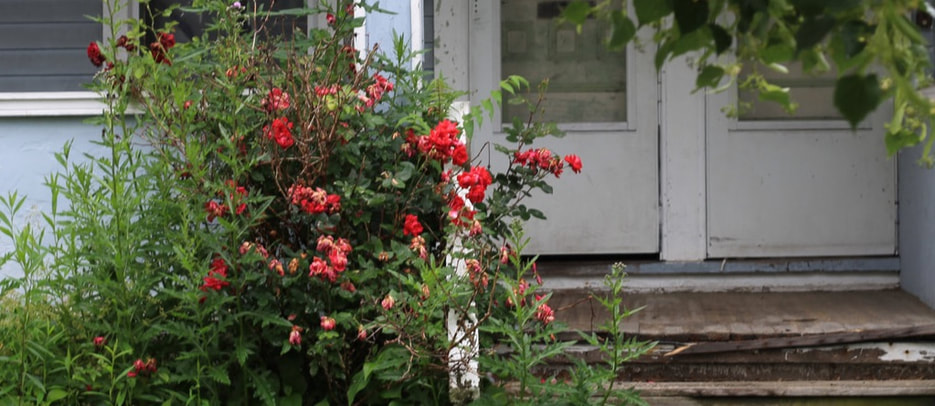
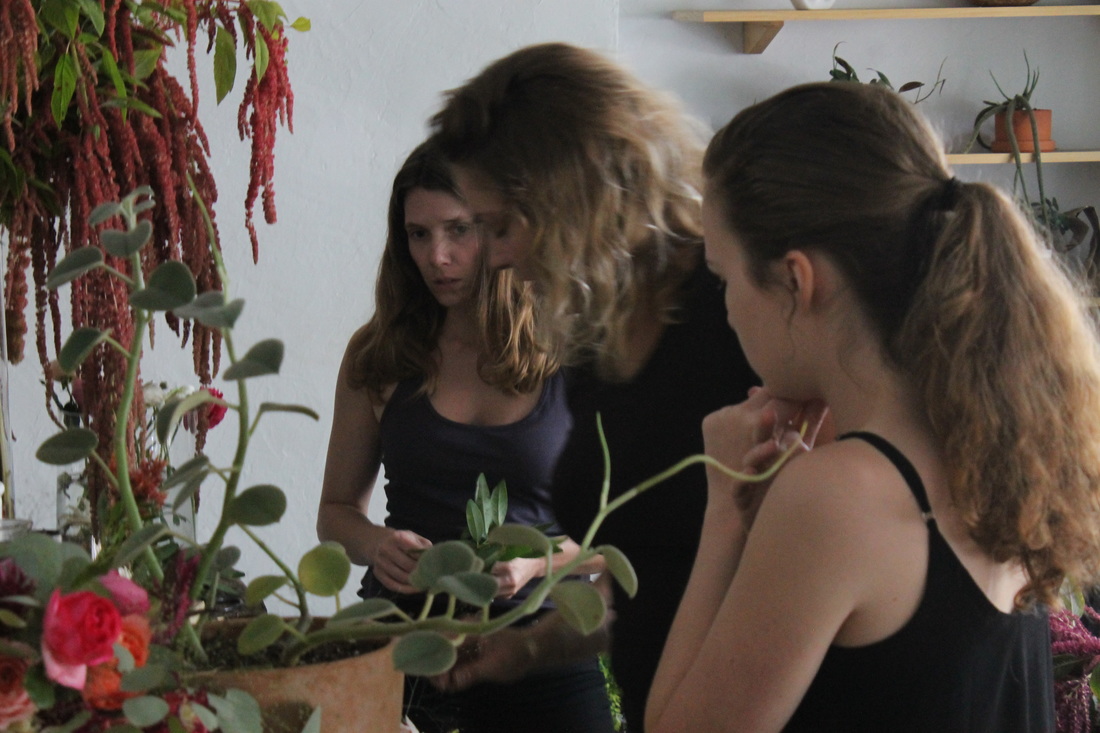
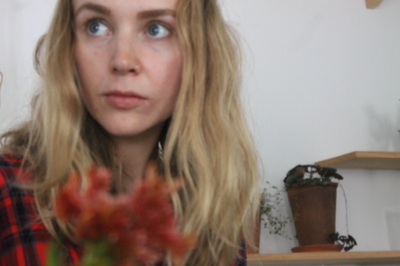
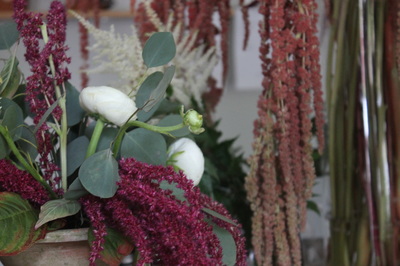
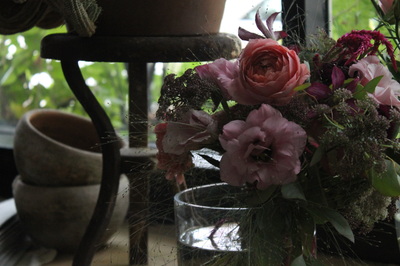
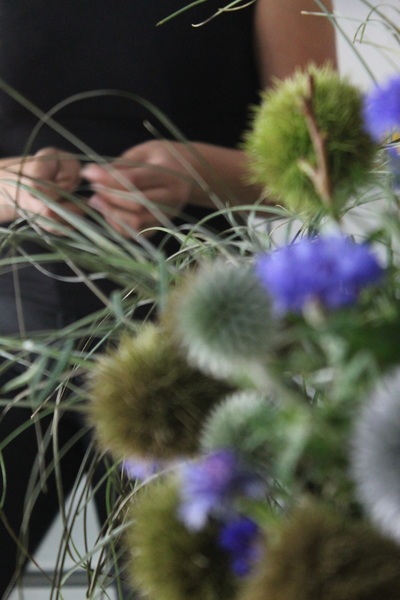
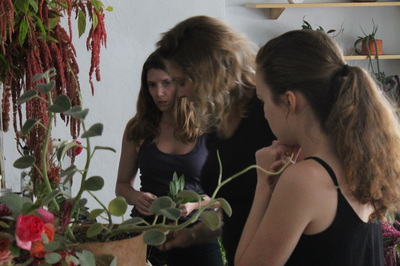
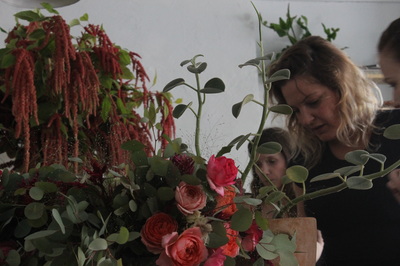
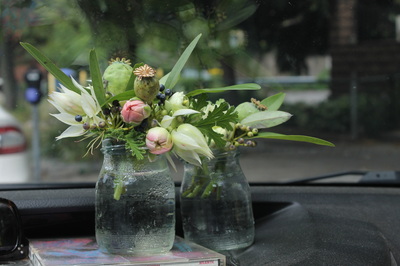
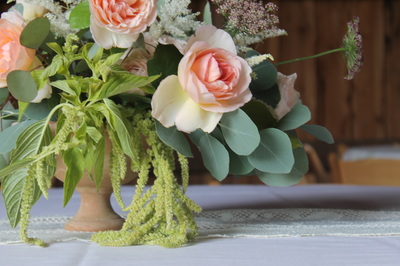
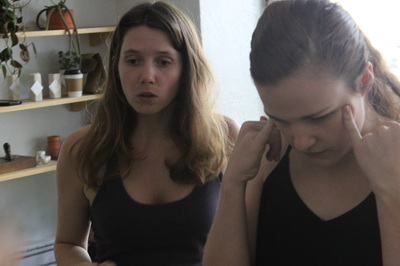
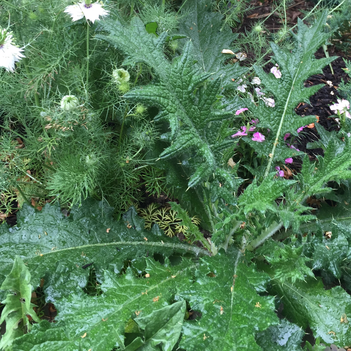
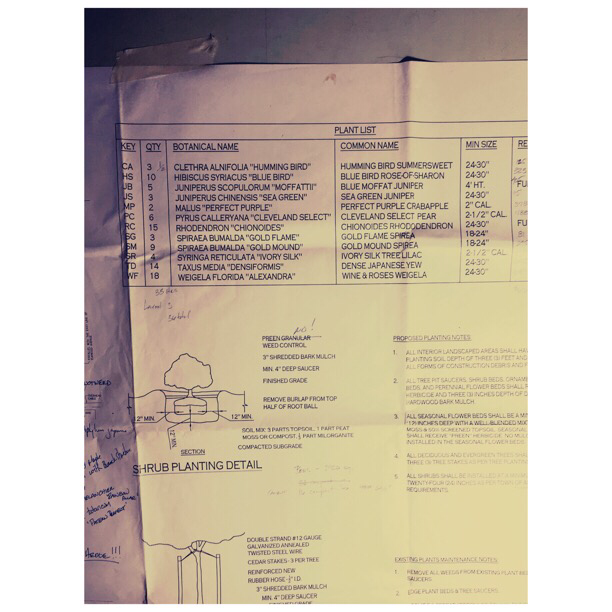
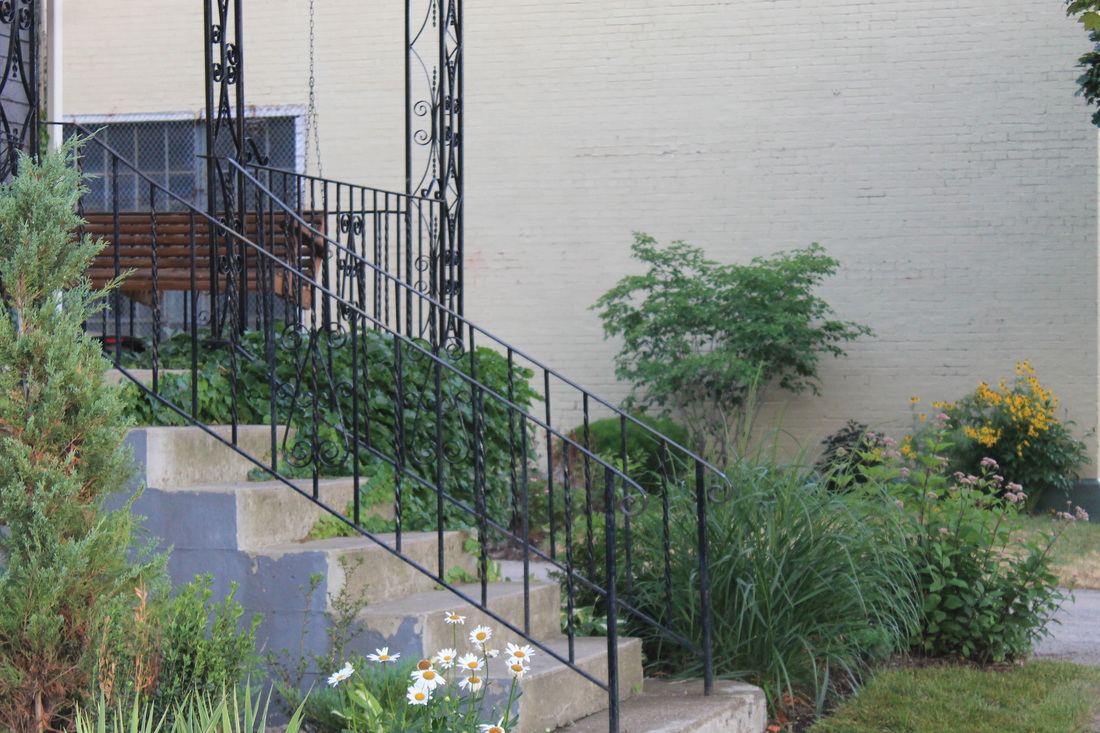
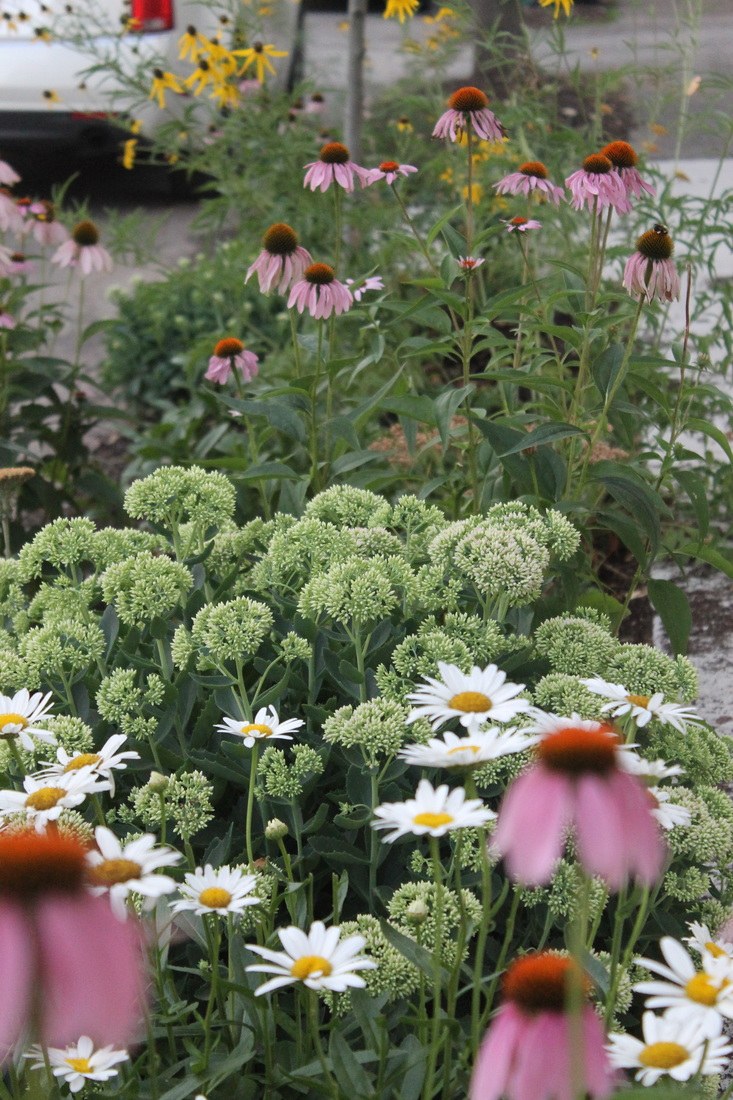
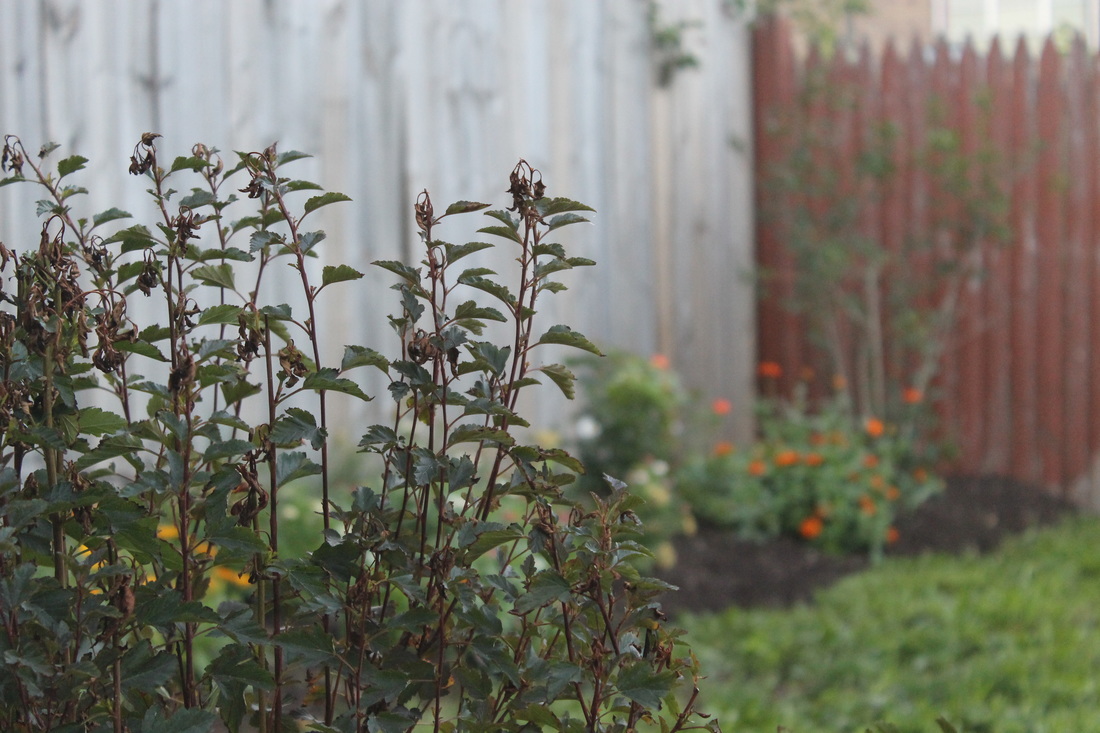
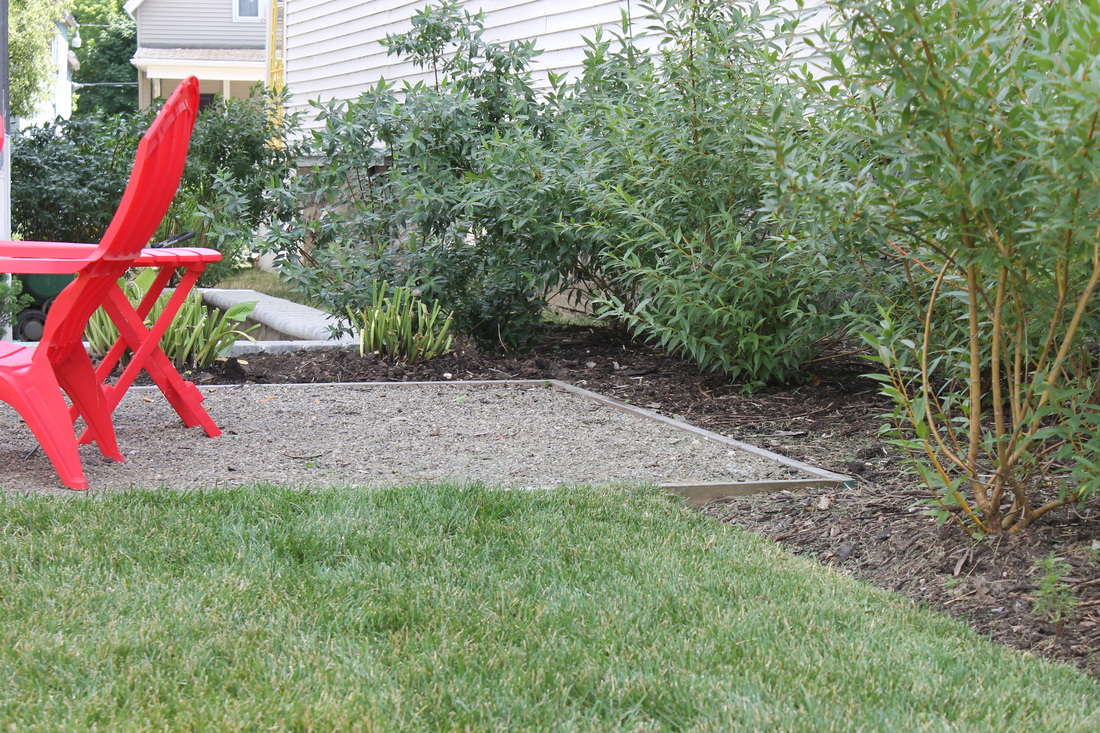
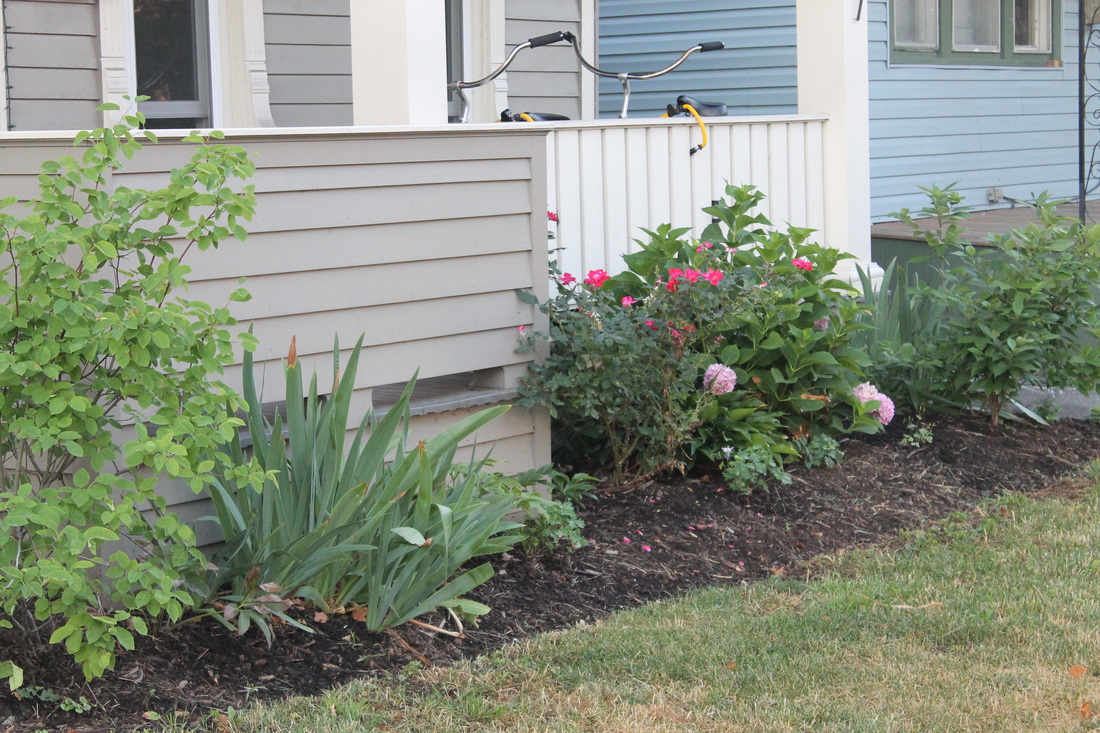
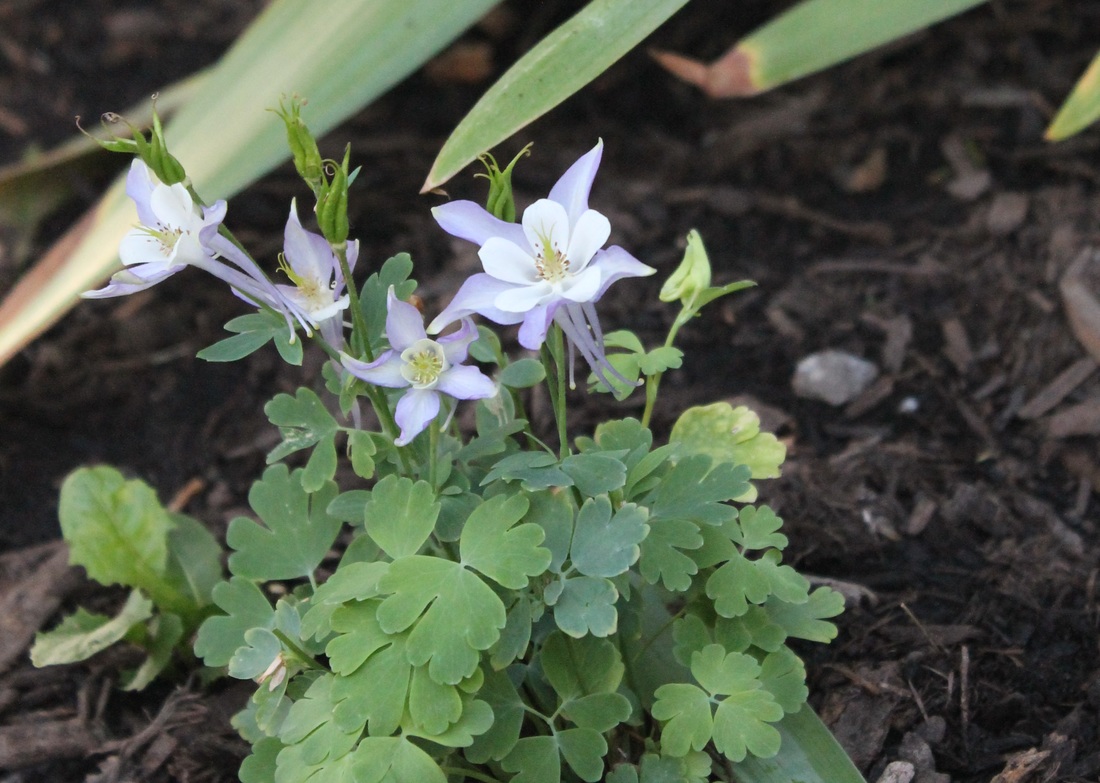
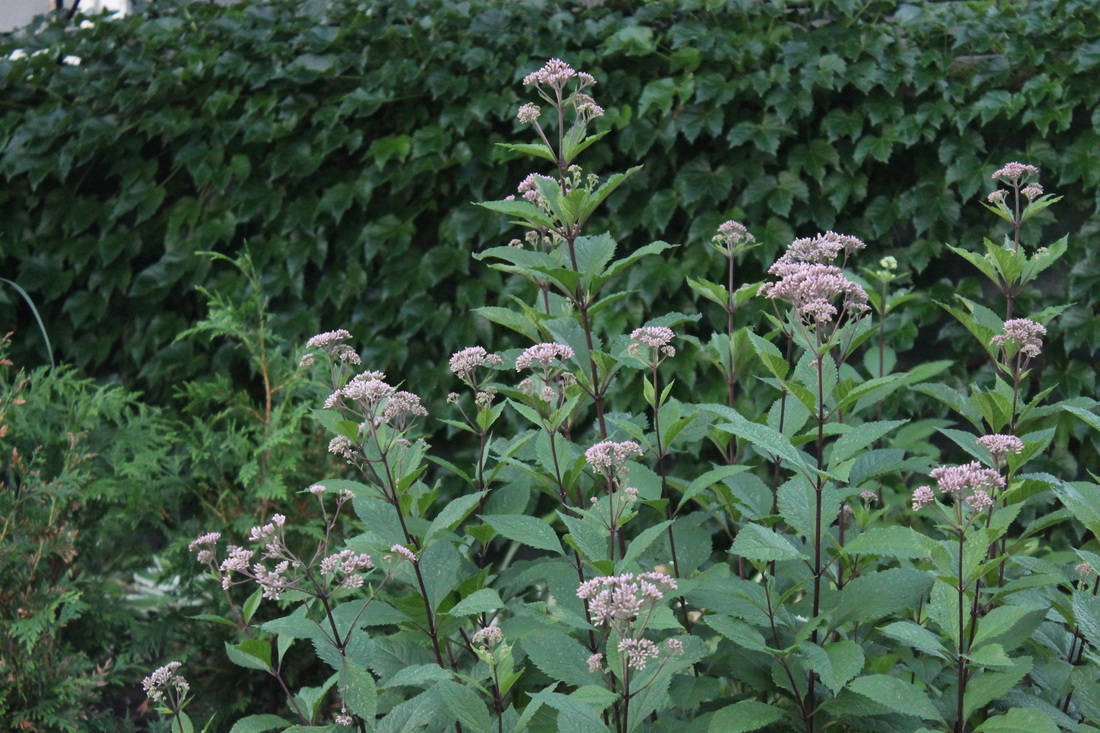
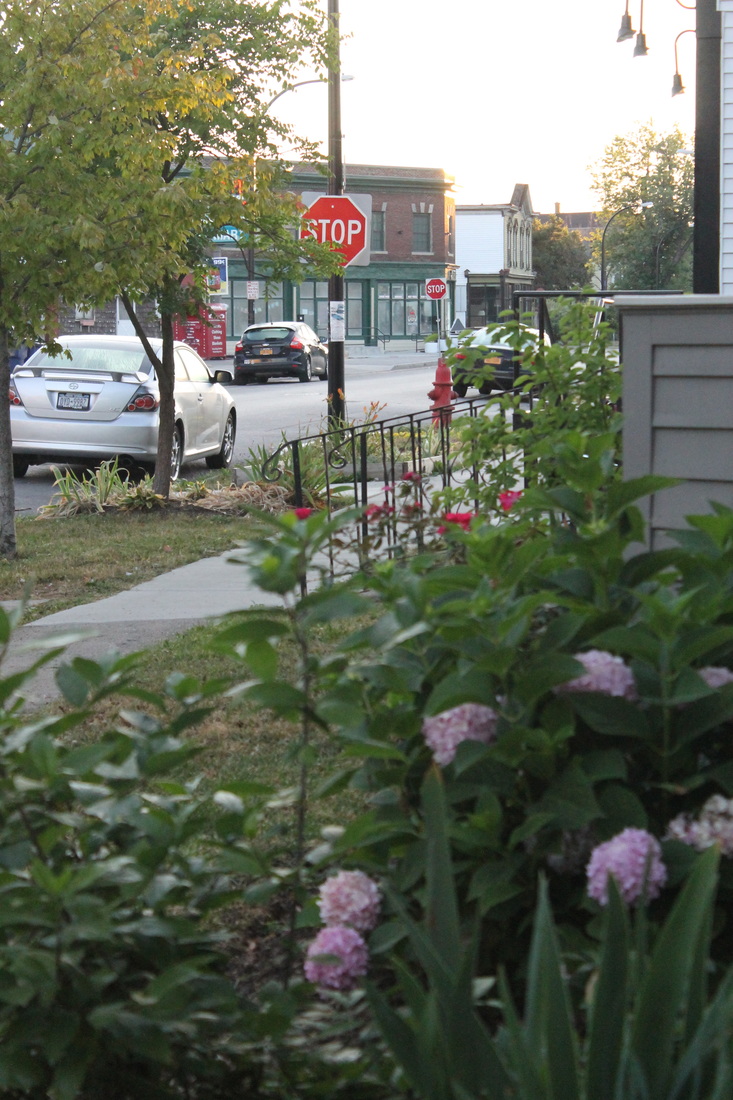
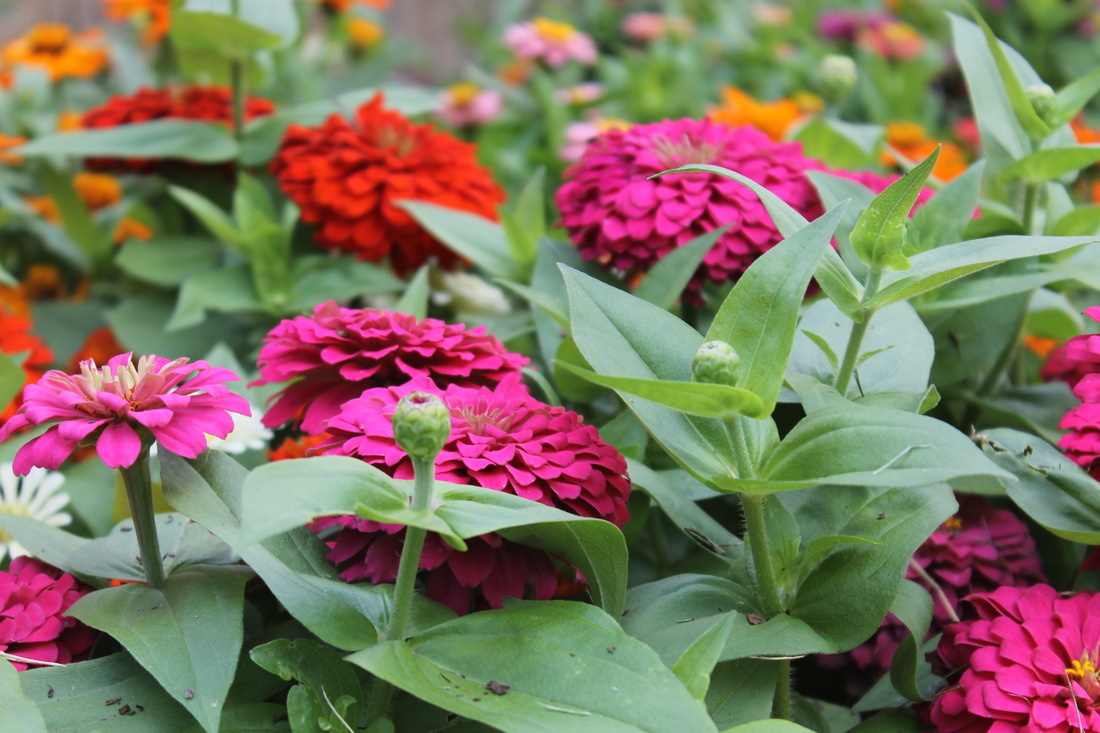
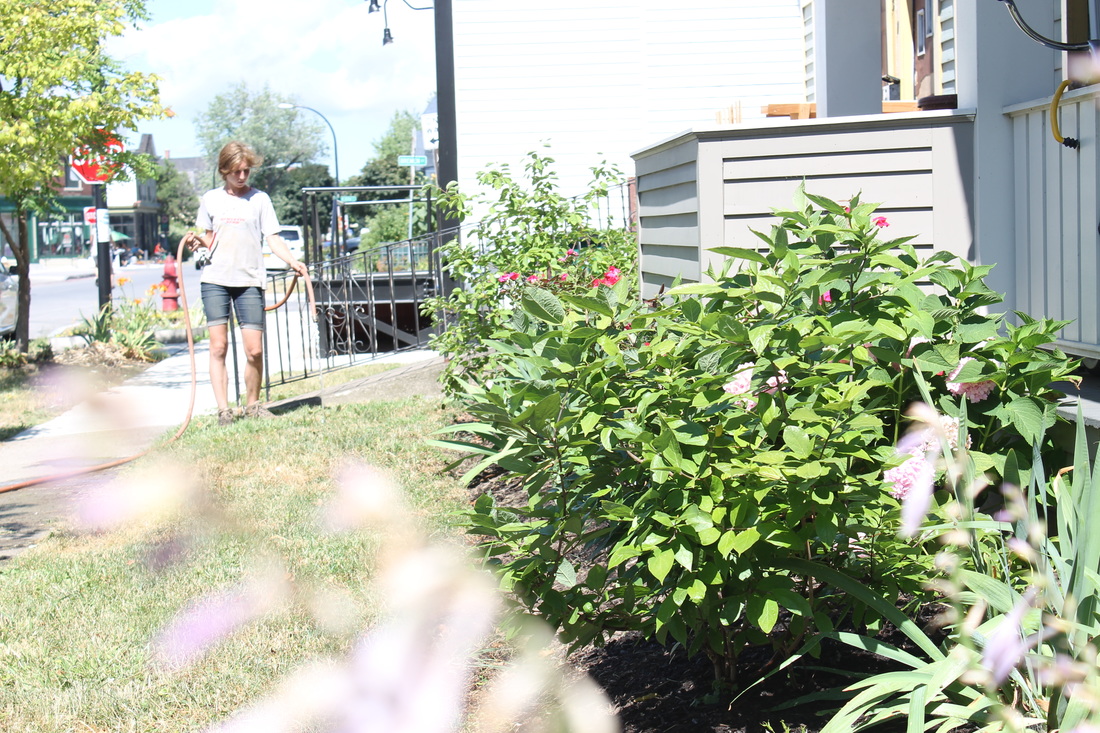
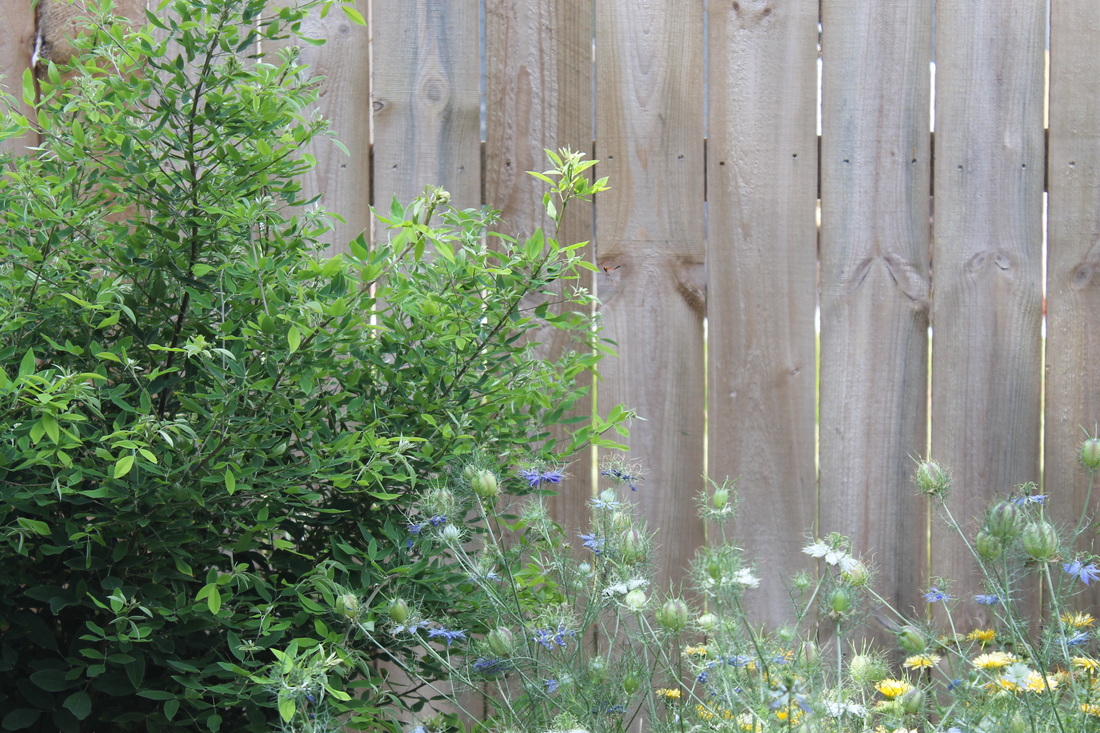
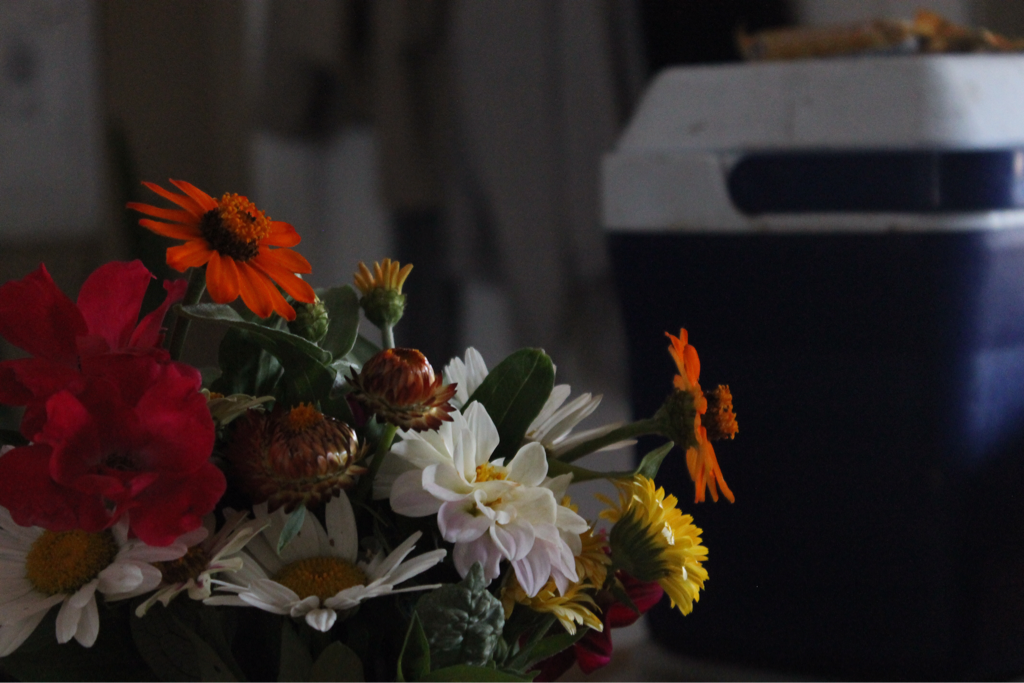
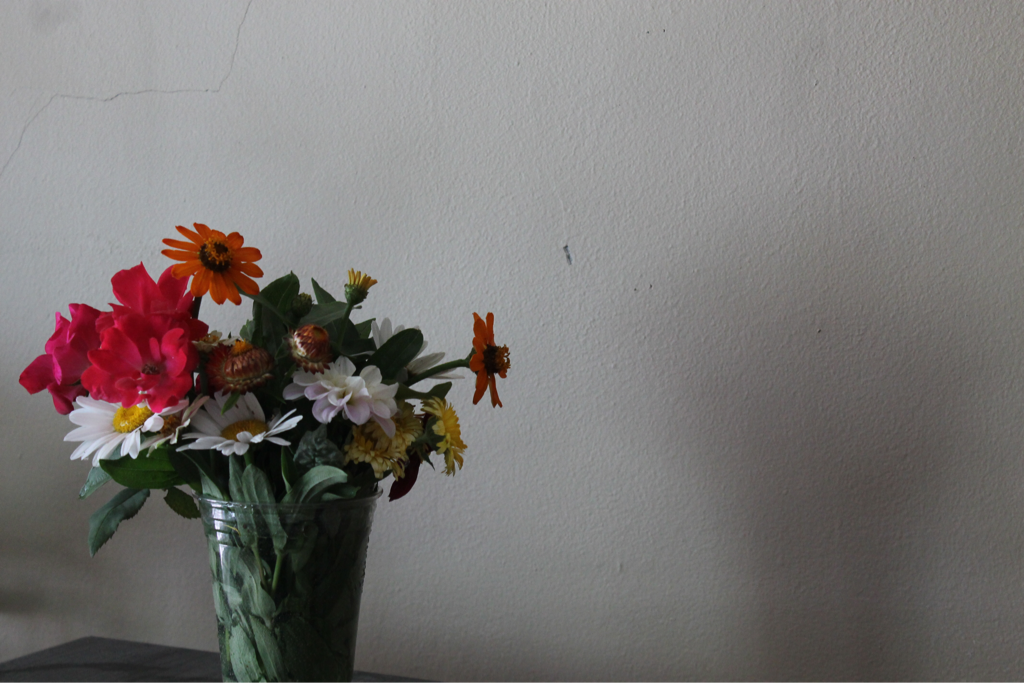
 RSS Feed
RSS Feed